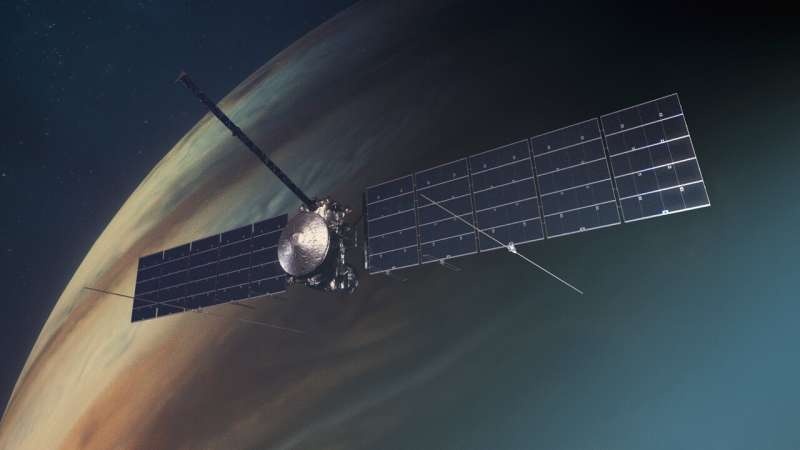NASA’s Europa Clipper mission is set to embark on a groundbreaking journey to uncover the mysteries of Europa, a captivating moon of Jupiter. This blog post explores the key insights and objectives of this ambitious mission, shedding light on the potential for life beyond Earth.

Unveiling Europa’s Icy Secrets
Europa Clipper is a mission at the forefront of NASA’s plans to study an ocean world in our solar system. The largest spacecraft to be built by the agency for a planetary mission, it will travel 1.8 billion miles to reach its destination, the ocean-covered Jovian moon, Europa.
Compelling evidence from all of the previous NASA missions suggests that a vast salty ocean lies beneath Europa’s icy crust. During 49 close flybys of the moon, the Europa Clipper would collect valuable data that would help determine if this oceanic environment has any real potential for life. Mission scientists hope to gain insights into these questions as the near-infrared spectrograph instrument that is part of the suite, an ultraviolet spectrometer, and a dust analyzer will penetrate Europa’s thin atmosphere and provide data on its composition as well.
Overcoming Radiation Challenges
The Europa Clipper mission poses quite the ride through the radiation of Jupiter. The gas giant is ringed by a huge magnetic field 20,000 times stronger than Earth’s capable of trapping and accelerating charged particles to produce belts of intense radiation strong enough to damage sensitive spacecraft electronics.
In response, mission engineers built a unique spacecraft vault to protect the sensitive parts from radiation. They’ve also charted orbits that will ensure the Europa Clipper spends as little time as possible in the most intense radiation zones over Jupiter. By swinging around the planet in repeated loops and swooping by Europa on each dedicated science flyby that will only last for less than a day, the spacecraft can reduce its exposure to radiation while delving deep into the mysteries of this ocean world.
Conclusion
Europa Clipper is a mission that will investigate Jupiter’s most intriguing moon, Europa. The spacecraft will not land on the moons surface, but rather study its interior, composition, and geology with an aim to determining whether this other-worldly body could conceivably host life. This advanced scientific payload on Europa Clipper will substantially improve our understanding of habitable worlds beyond Earth and inform where we may one day search for life in our solar system.
